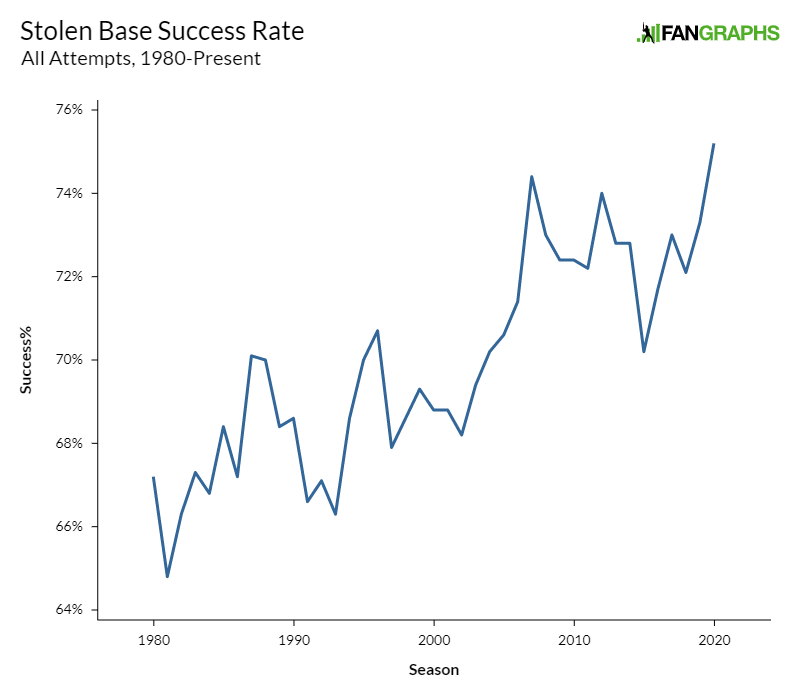As Theo Epstein Departs, What Will Become of the Cubs?
After nine seasons, three division titles, a pennant and an historic World Series championship, Theo Epstein is saying goodbye to the Cubs. That surprising news came Tuesday afternoon, announced jointly by the team and its outgoing president of baseball operations. “I believe this is the right decision for me even if it’s a difficult one,” Epstein wrote in a statement released to the press. “And now is the right time.” Chicago will now be under the control of Jed Hoyer, the team’s general manager and Epstein’s long-time second in command, but the fate of both the franchise and its departing boss is less clear.
Taking over the Cubs in October 2011 after leaving the Red Sox under a cloud (and disguised as a gorilla), Epstein helped transform Chicago from National League also-ran and frequent cellar dweller into a juggernaut, culminating in the 2016 World Series win that ended a century-long title drought. He and his lieutenants drafted, developed or acquired virtually every important piece of that ‘16 roster, from Kris Bryant to Anthony Rizzo to Kyle Schwarber to Jon Lester to Jake Arrieta, and set the stage for what looked to be a dynasty. But diminishing returns and short postseason stays have left the Cubs in the championship cold over the last four seasons, and now their architect is moving on.
Those recent struggles may be part of Epstein’s decision to leave, though in a letter he sent to team employees and acquired by The Athletic, he claims that a decade at the helm was all he had in mind from the start. “Bill Walsh’s theory that in the sports industry a change in leadership after about a decade can be beneficial for both the organization and the individual has always resonated with me,” Epstein writes. Those of you blessed with the gift of being able to do basic math will note that 2020 minus 2011 equals nine, not 10. But per Epstein’s letter, a number of factors came into cutting his reign short by a year, including the COVID-19 pandemic and its impact on the team’s finances; the presence of Hoyer, who joined the club as GM when Epstein arrived; and, as Epstein put it, “decisions this winter that carry long-term consequences … best made by someone who will be here for a long period.” Read the rest of this entry »



